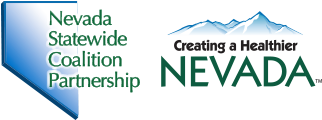In several areas of the country, first responders and other community members have already begun to answer that question. Recognizing that an overdose can be a good intervention point, some communities have launched programs that reach out to people who have recently overdosed to offer resources on overdose prevention and mental health or substance use disorder treatment.
In July 2015 the Township of Colerain, Ohio, started a post-naloxone outreach program under the leadership of their Director of Public Safety, Daniel Meloy. Under this program, every Wednesday morning, representatives from the Colerain Police Department, the Colerain Fire Department, and Addiction Services Council, a local mental health and substance treatment facility, meet to review all overdose-related police reports from the previous week. These representatives, called Rapid Response Teams, go out into the community to visit the homes where the overdoses have occurred.
“We knock on doors and ask to speak with either the person who overdosed or any friends or family,” says Shana Merrick, a social worker with Addiction Services Council who has been with the program since its inception. “We explain that we are not there to make an arrest, but to offer resources to keep the person healthy, safe and well. Most people open their doors and we talk about their situation and needs.”
In cases where the person is interested in help but does not have medical insurance, Shana helps him or her sign up for insurance, including Medicaid. For people who aren’t eligible for Medicaid or can’t afford insurance, the county has dedicated indigent funds to help pay for treatment costs.
“About 80% of the people we see eventually seek some form of treatment,” says Shana. “It’s not always right away, but if we build a relationship over time then they may contact us later on asking for help.”
[su_button url=”https://www.thefix.com/whats-next-after-naloxone” target=”blank” style=”flat” background=”#0a3853″ icon=”icon: adjust” icon_color=”#ffffff” desc=”What’s Next After Naloxone?”]Click Here to Read More[/su_button]
